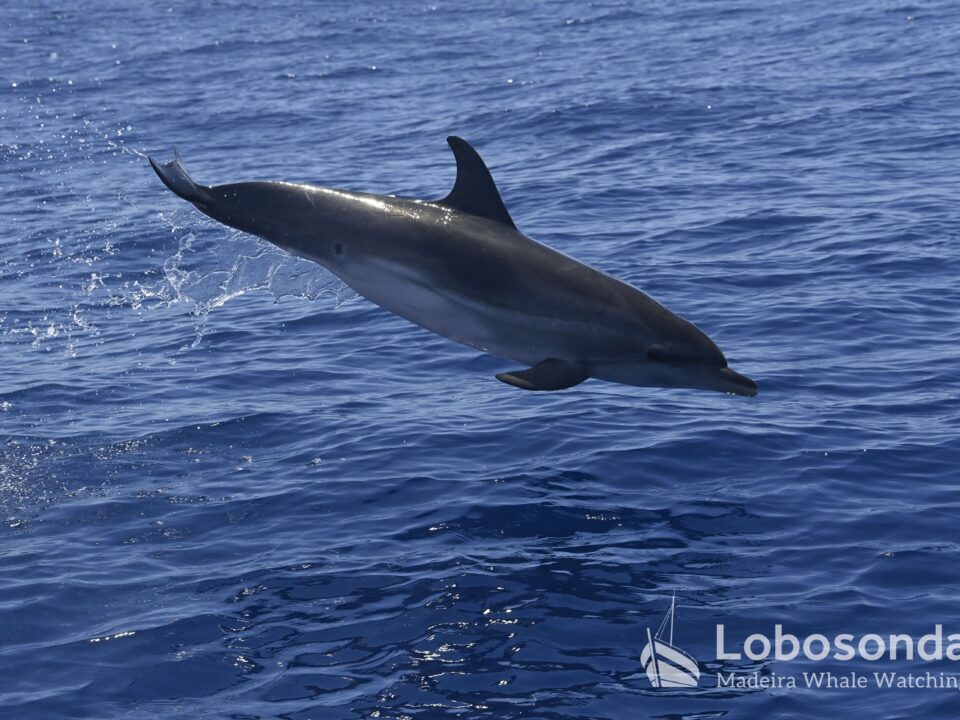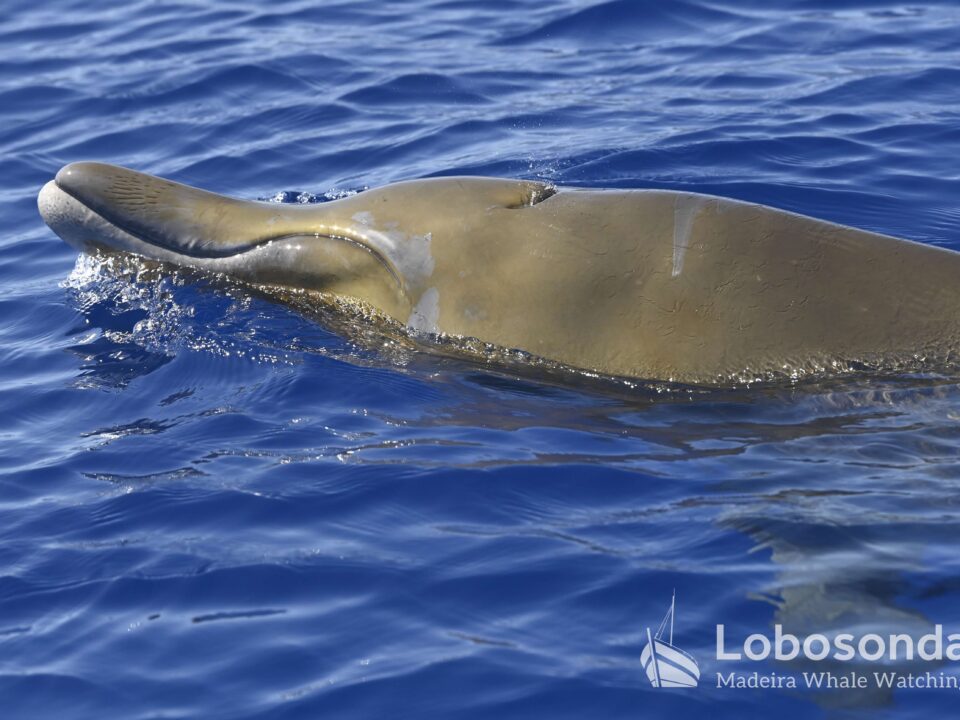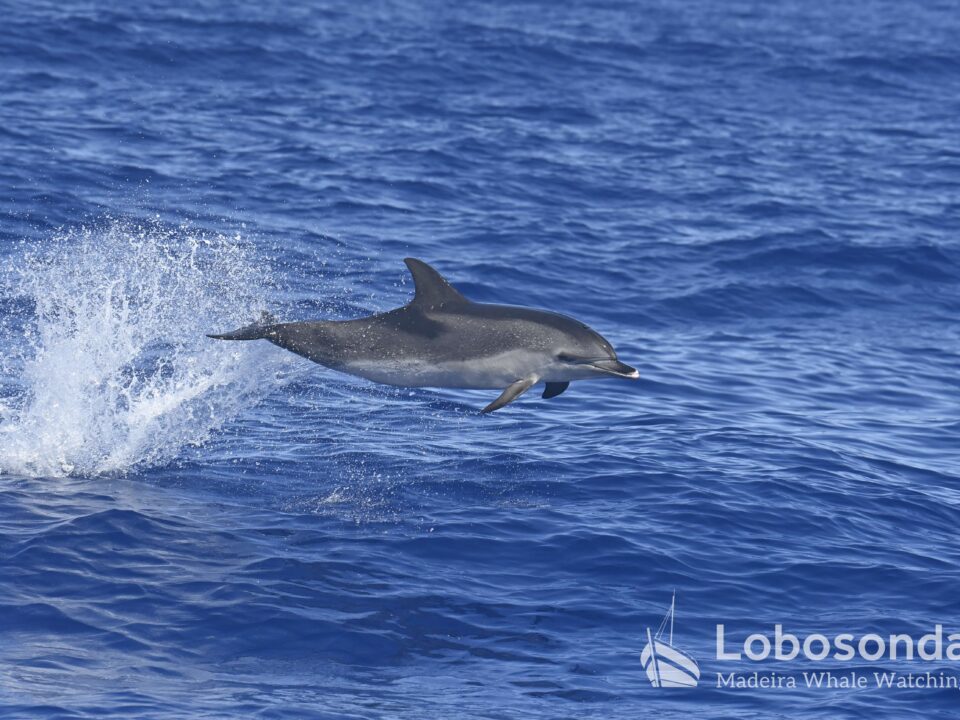
01.12.2018 – Joyful moments
December 12, 2018
04.12.2018 – Venus & Mars
December 14, 2018Nothing is more rewarding than ending a long search of cetaceans with a group of curious animals. After scanning a vast search area under somewhat challenging conditions, our spotter and skipper tracked down a group of curious Bottlenose dolphins (Tursiops truncatus) swimming alongside a herd of logging Short-finned pilot whales (Globicephala macrorhynchus). While the pilot whales drifted past us lethargically, the Bottlenose dolphins gleefully approached our bow and brought a broad smile on everyones face.
Both species can be identified at sea through the nicks in their dorsal fins as well as through biopsies which allow scientists to identify the animals through their genetic material. However, other alternative methods are being used as a backup to current procedures. While cetaceans do not have facial expressions they, apparently, do have facial features. What role such facial features may have on a social level amongst the animals remains unsolved but scientists studying resident Bottlenose dolphins in the Adriatic showed that human beings are able to distinguish individual dolphins from a hollistic image of their faces. This is an interesting approach and could help as a backup to current photo-identification methods in identifying calves amongst pods, who are usually recognized through their associations with their mothers since their dorsal fins are still smooth before weaning.
We know that cetaceans rely more on acoustic signals than they do on visual ones because of the nature of their habitat and that they identify themselves and others through so called „signature whistles“, their acoustic fingerprint. But what if recognition amongst the animals goes beyond these whistles and also happens visually? One thing’s for sure, a trip on the Atlantic is never short of inspiring reflections and cetacean encounters like the one we experienced today certainly deliver food for thought.
By Paula Thake
Sightings of the day
Stenella
10:00 Bottlenose dolphins, Short-finned pilot whales











